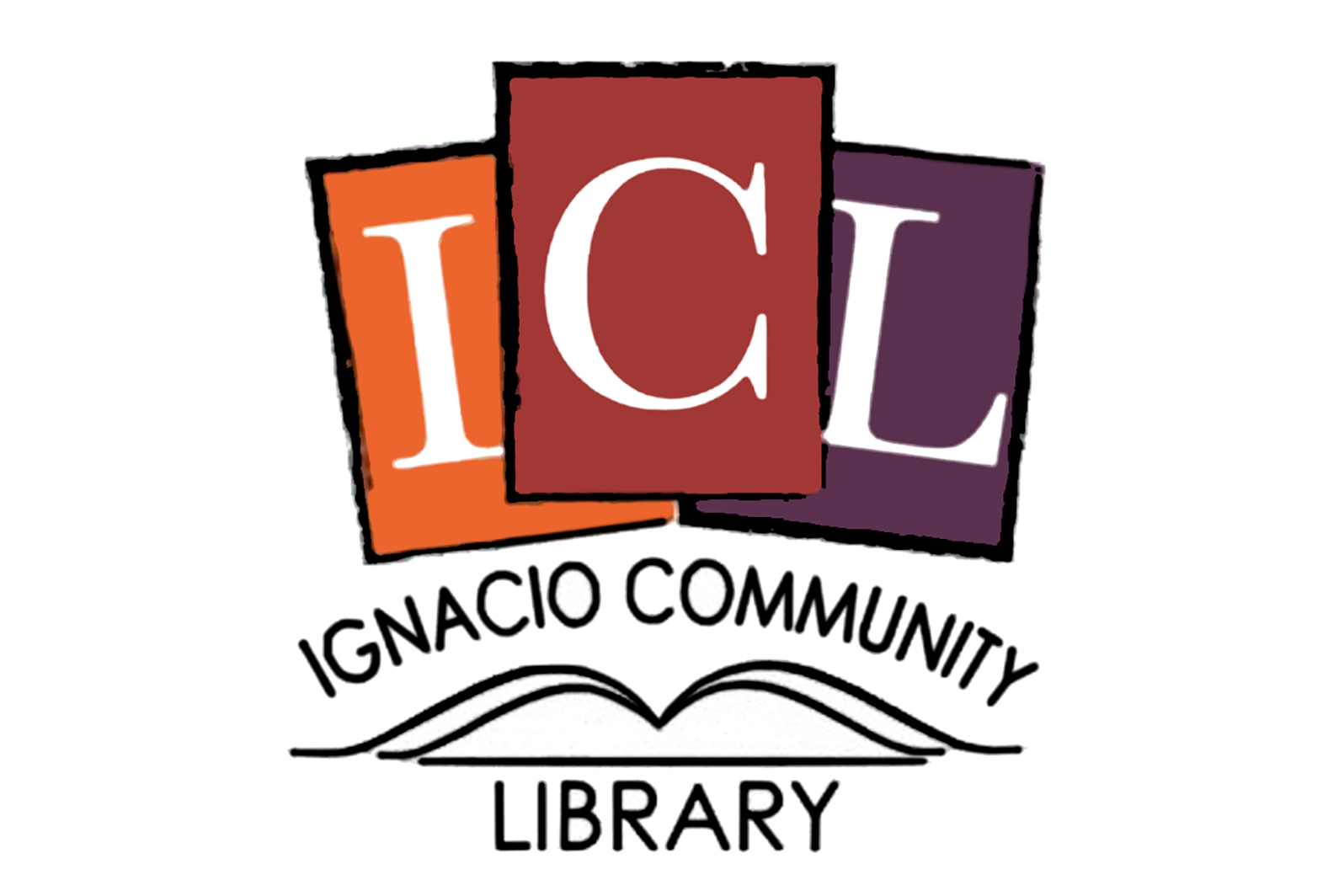“This mission is too important to let you jeopardize it.” With these words the computer HAL explains his reason for preventing an astronaut from returning to the ship and for killing the crew of Discovery One in the 1968 movie, 2001 a Space Odyssey.
However, this is hardly the only example of computer intelligence wreaking havoc on their human creators. As far back as 1927, long before computers were even possible, the Movie Metropolis included a thinking robot (mobile computer) up to no good and this idea is visited again in a long list of popular movies that includes, Westworld, The Matrix, Terminator, Blade Runner, and even the accessible WALL-E, to name a few.
The point is, as humans, we seem to have a lot of anxiety about the machines we build.
Yet, it is not the machines themselves that we fear but the uncertainty of the outcome. Psychologists have long known through afflicting a series of slightly perverse experiments on humans that we have a great intolerance of uncertainty. Any ingredient of unpredictability greatly increases people’s discomfort. This is not a fault in the human condition but a direct result of evolutionary pressure through constantly trying to predict what will happen next and prepare in the most practical way possible. Unfortunately, this will often lead us to a decision that is more cautious than effective by having us choose to avoid the situation or if that is not possible, put us in a state of stressful arousal, ready to respond to the changing conditions.
Tools are instruments to make material changes on other objects. Whether this change is constructive or destructive is not generally the tool’s choice but that of the person wielding the tool. Many medieval battlefield weapons were agricultural implements not necessarily designed for the purpose but brutally effective, nonetheless.
As technology has progressed our tools have become more complicated and now include many devices and machines to make our work less taxing and time-consuming. When I was in high school there was a lot of concern over the negative effects of using a calculator. As such we were not allowed use of this practical tool and my experience since those days has led me to believe that my education was diminished as a result of this cautious thinking.
Today the topic is Artificial Intelligence and tools such as writing and art generators are a major concern. A number of organizations reacted quickly, banning the use of AI, and were caught unaware of the ramifications as popular software started introducing AI assistants causing conflicts with students and employees using these programs. Also, the recent writer’s strike was largely over issues concerning the use of AI in media and movies. So, what are we to do with this new tool and how can we use AI-assisted technology to be more effective and productive?
First let’s be honest when we are using the tool. Just as handcrafted items may hold more value to some than machine created products, human produced writing holds more value to many people who have expressed that they are not interested in reading machine generated essays and articles. Also, AI has an invisible negative cost in the power and water that it consumes. It is estimated that a Chat GPT query uses 15% more energy than a similar google search.
Next, I suggest that we not fear AI, but learn to use this new tool in responsible ways. Just as we can decide whether or not to cut and paste, use the writing prompts, or grammar correction in Word and Docs, we can edit generated writing to give it our authentic voice. A successful artist friend of mine has found that working with AI art has further opened his imagination and he feels it has sparked his creativity even after decades of working in the design and technology industry.
Just as a power tool can save time and energy as compared to a hand tool, generated writing and art can save time and make you more productive. Producing forms and letters, converting text to tables, writing code, and answering questions are all within the purview of these tools. Just make sure you check the information provided. AI programs often generate fictional citations and create images with nonsensical features.
Here at Ignacio Community Library, we are adopting a policy where we welcome the responsible use of AI-assisted technology, and to promote transparency and help set readers expectations, we require that any story created with AI-assisted technology be clearly labeled as such. When staff members are writing for the newsletter and newspaper you can rest assured that you are reading authentic human produced text.
New technologies are usually accompanied by fear and trepidation when introduced, only to become accepted and then crucial to our everyday lives. My great-grandparents would not have even noticed if the power went out. Today our world is paralyzed without it. It is my hope that AI-assisted technology will help us to solve our greatest problems and not just create more of them.

